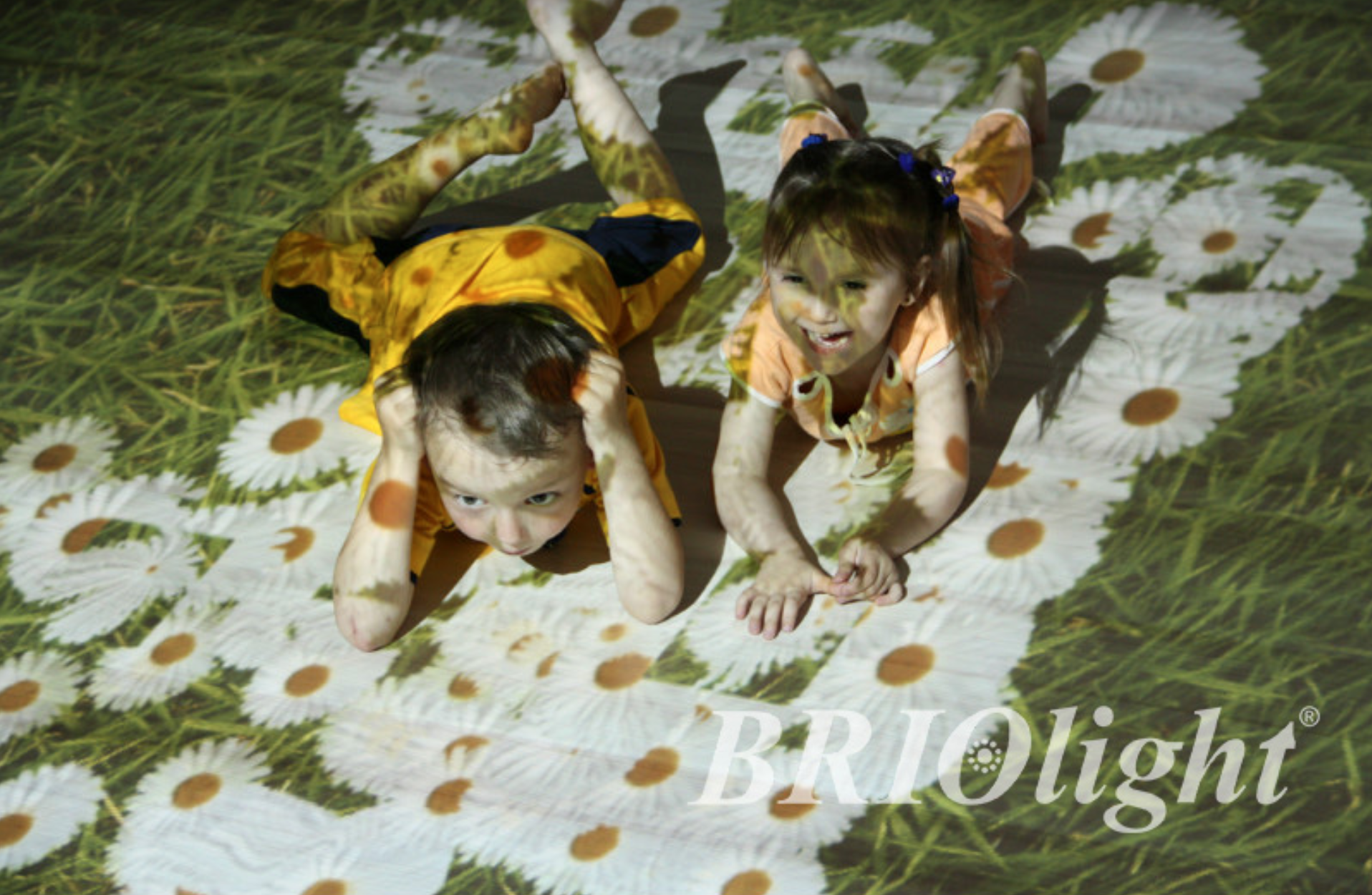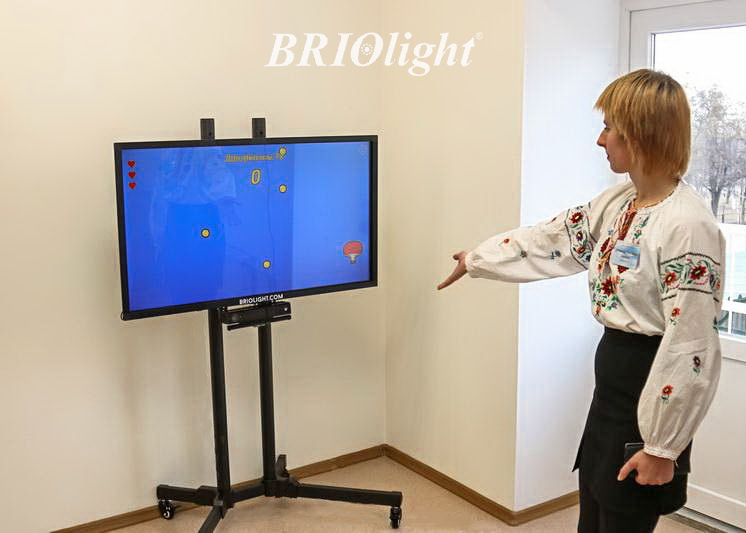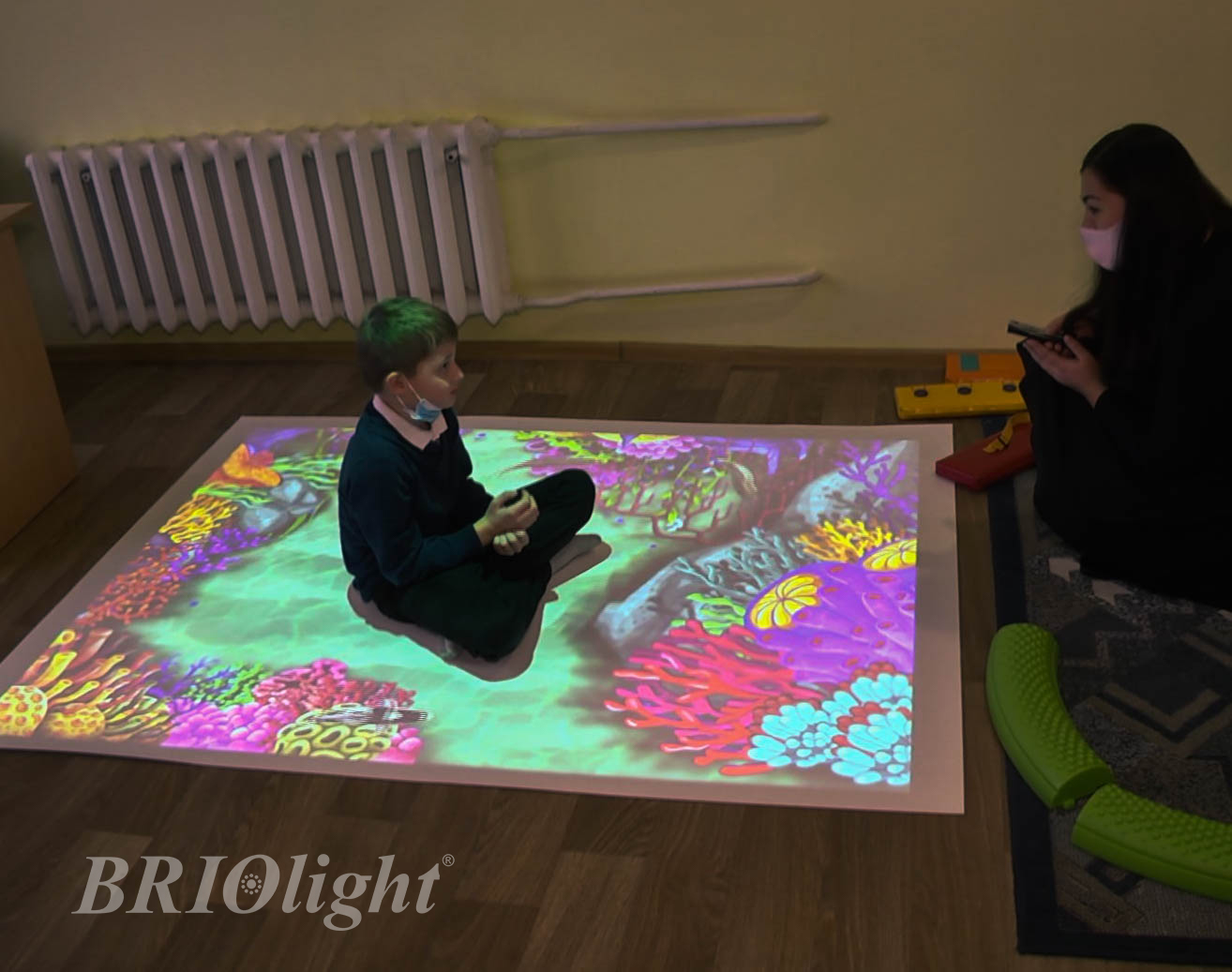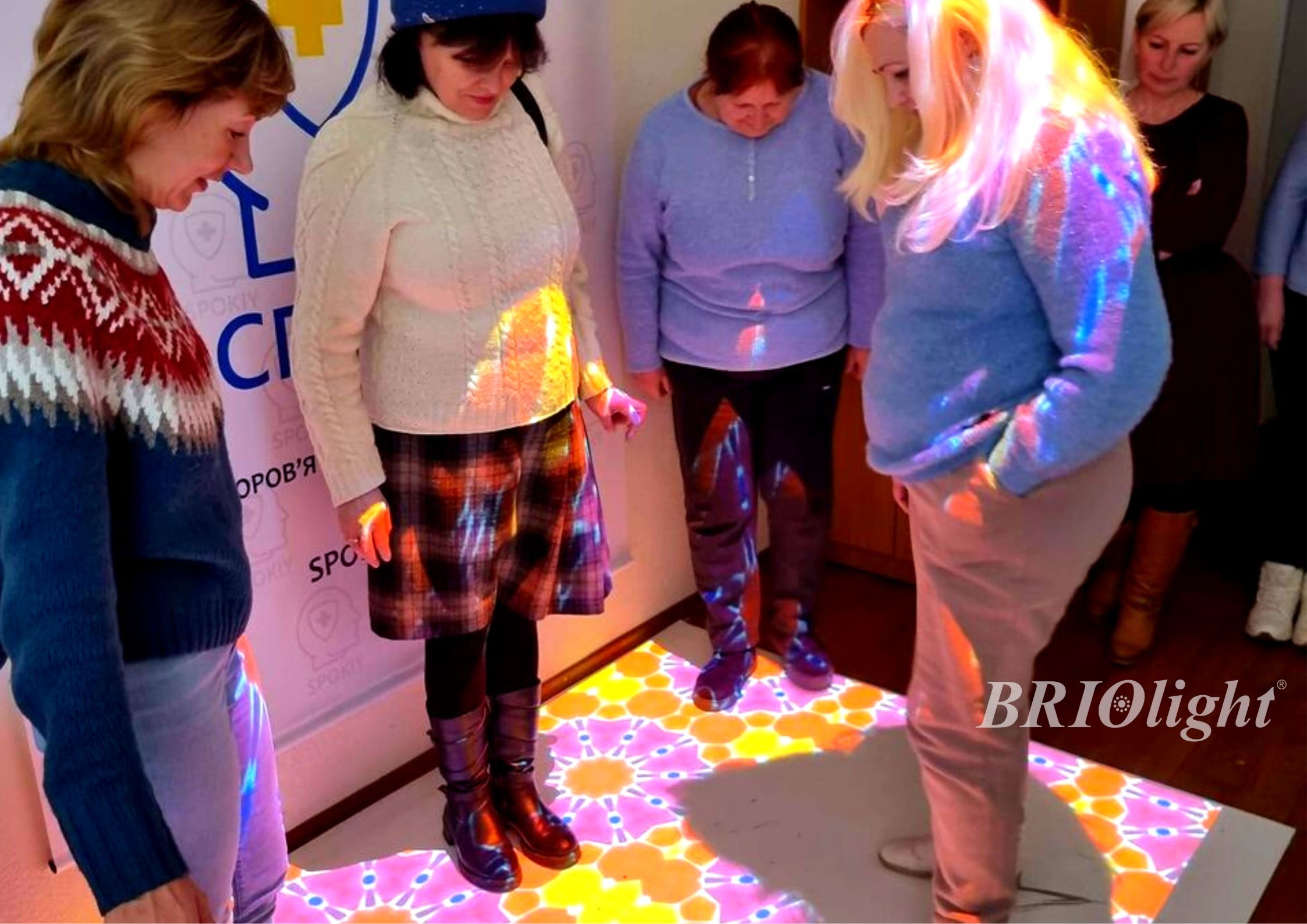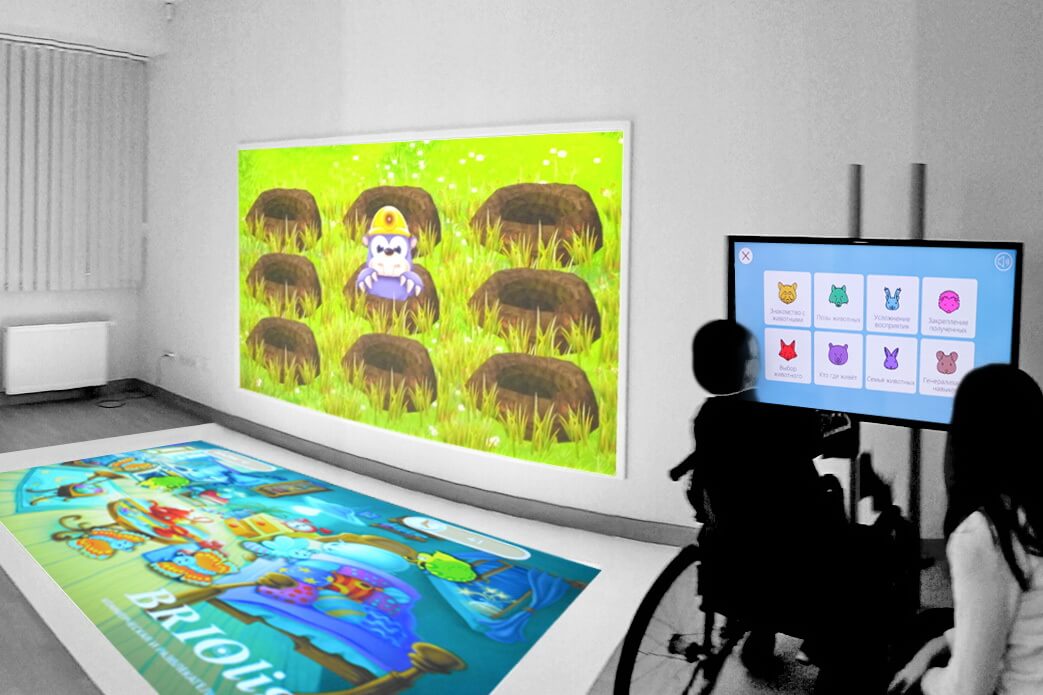Organization of communication in inclusive class
Before a child with SEN comes to class, the teacher needs to prepare himself and prepare children and their parents in order to minimize the likelihood of conflicts.
The easiest thing to do is talk to the parent and student with SEN. During this time, parents can provide information about the characteristics of the child’s behavior, ways to calm down and problem situations. And the student will show his character, form of communication, opportunities.
After that, the teacher should inform the parents of other children in the class (for example, at parent meetings) about the characteristics of a child with SEN, about an inclusive class and teaching, as well as about the rules of confidentiality (you cannot disclose the child’s diagnosis if the parents hide it). Usually, after that, the parents of normo-type children will help them start interacting with a classmate with an SEN, can explain to them the differences of such a child and common features.
But it’s not just parents who need to stimulate classroom communication. The teacher should unplanned integrate important topics into different lessons (about diseases, diagnoses, tolerance, etc.), but at the same time not focusing on students with SEN.
For lower grades, it is better to conduct discussions on understanding the differences between people and looking for common features, since it will be difficult for young children to understand the nature of the diagnosis or their name. You can also conduct flash mobs and days of familiarization with specific diseases (for example, support the International Lots of Socks flash mob, or invite children to complete an everyday task in order to gain experience, to be blind) even if there is no person in the class with such a diagnosis.
Peer education is also a good practice. Studies show that children with SEN are more effective at mastering academic knowledge, faster and easier to sort out acceptable models of communication and behavior when their peers demonstrate this to them. It is also useful for other children. This can be done in different ways, for example, before leaving for a while, ask one of the children, who is most likely to cope with the task faster than the others, to help the student with SEN if it has difficulties.
But it is not only during class that the teacher can establish communication in an inclusive classroom. The breaks can also be used in an interesting and useful way for the whole class. But because they are short, the teacher’s help may be needed to communicate and interact with each other. Games are the foundation for supporting communication and interaction among children.
For a break, the following games are suitable:
- short (5-7 minutes);
- simple (with minimal explanation of the rules);
- with non-verbal interaction (for example with the ball);
- games without winners and losers;
- with the possibility of one or more players leaving the game without affecting the course of the game.
Briolight interactive floor can be a good tool for such games. It has many games that are intuitively understandable for elementary school children, and besides that it has Ukrainian voice acting. If there is not enough space for an interactive floor in the classroom, then the company’s assortment includes an augmented reality sandbox, which is often used by psychologists, as well as a touch panel, which the teacher will definitely need more than once during the educational process.
Classmates can help a child with SEN during games: teach them to follow queues, accept and ask for help, calmly respond to mistakes, and so on.





